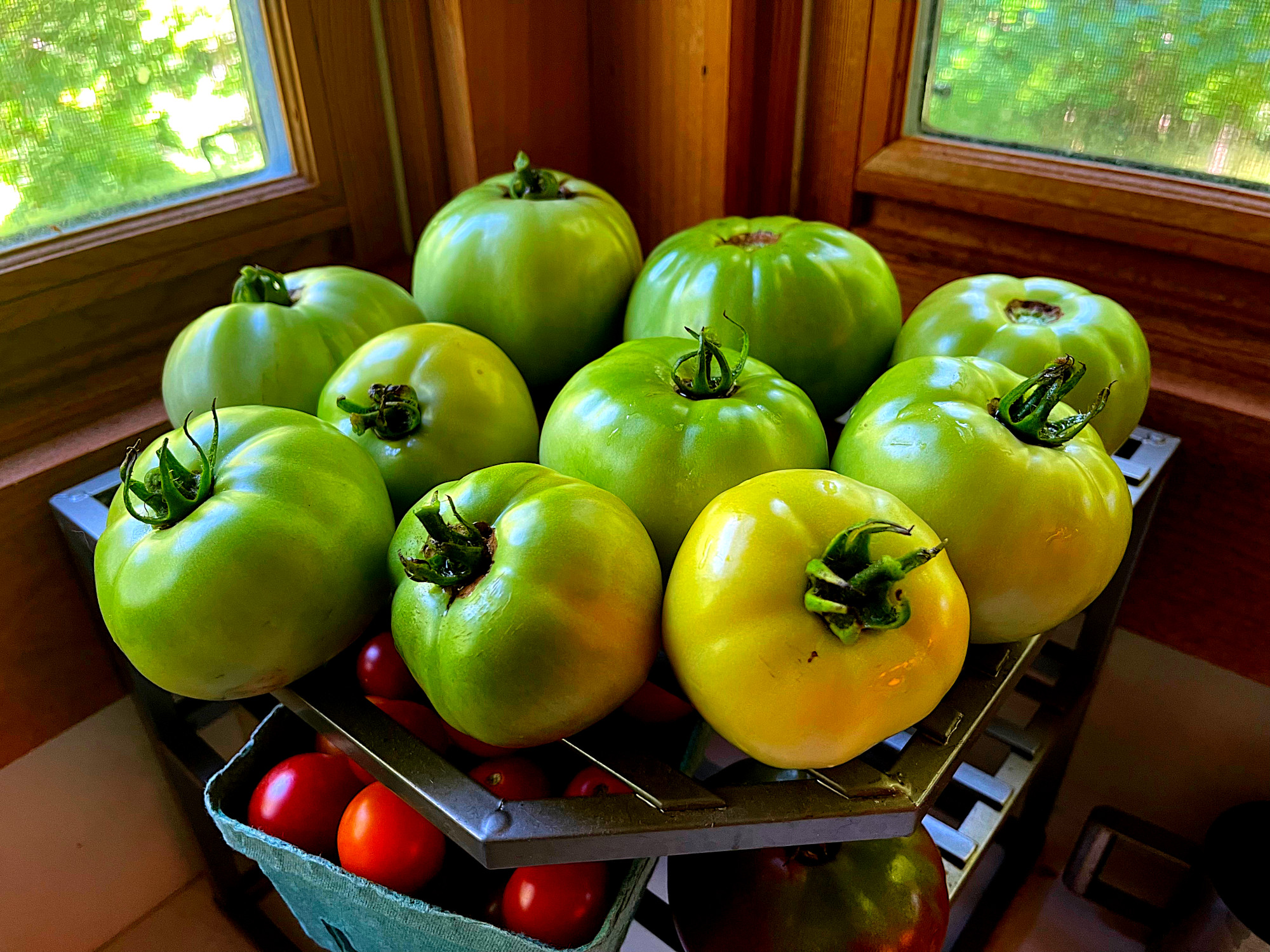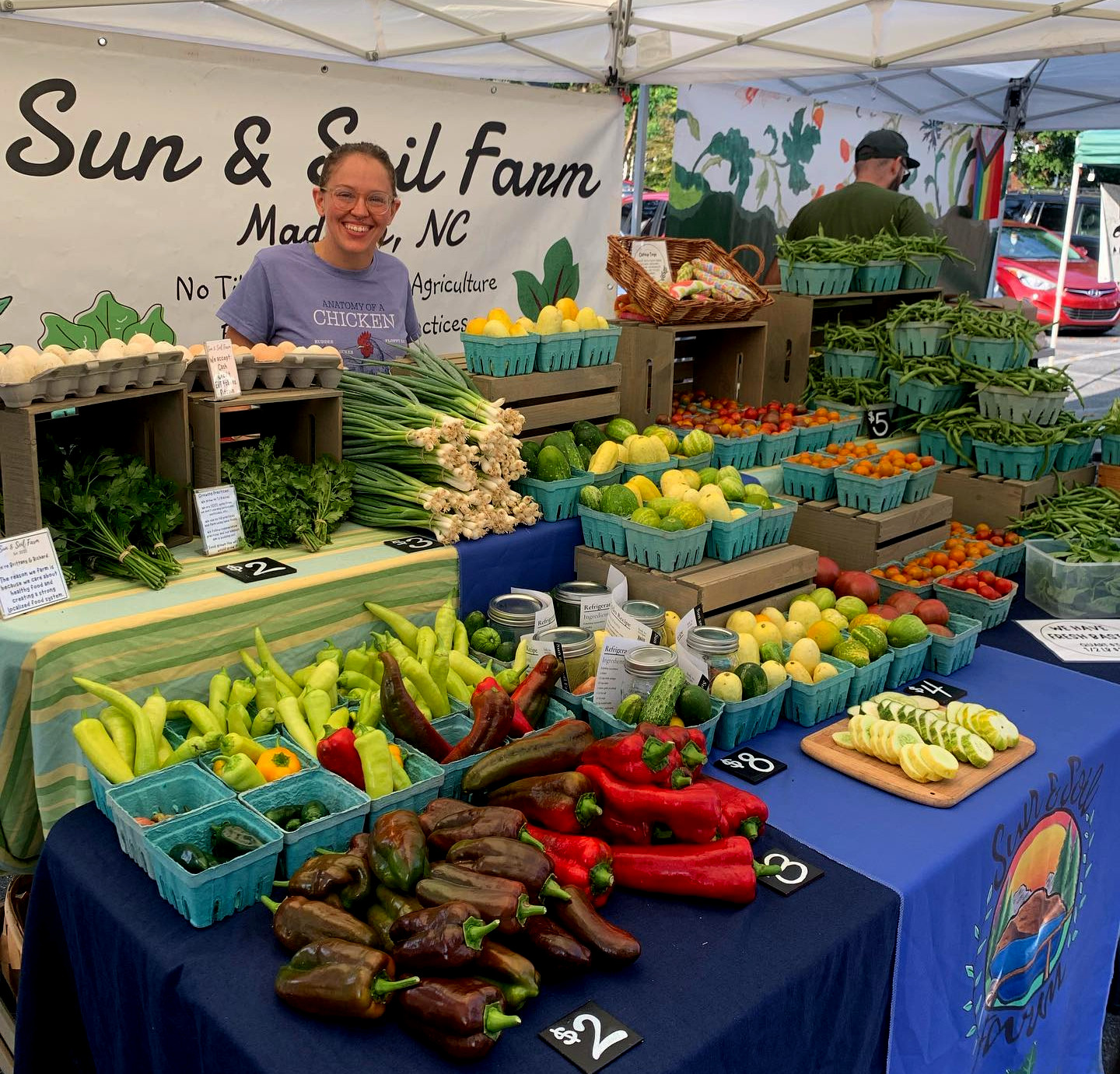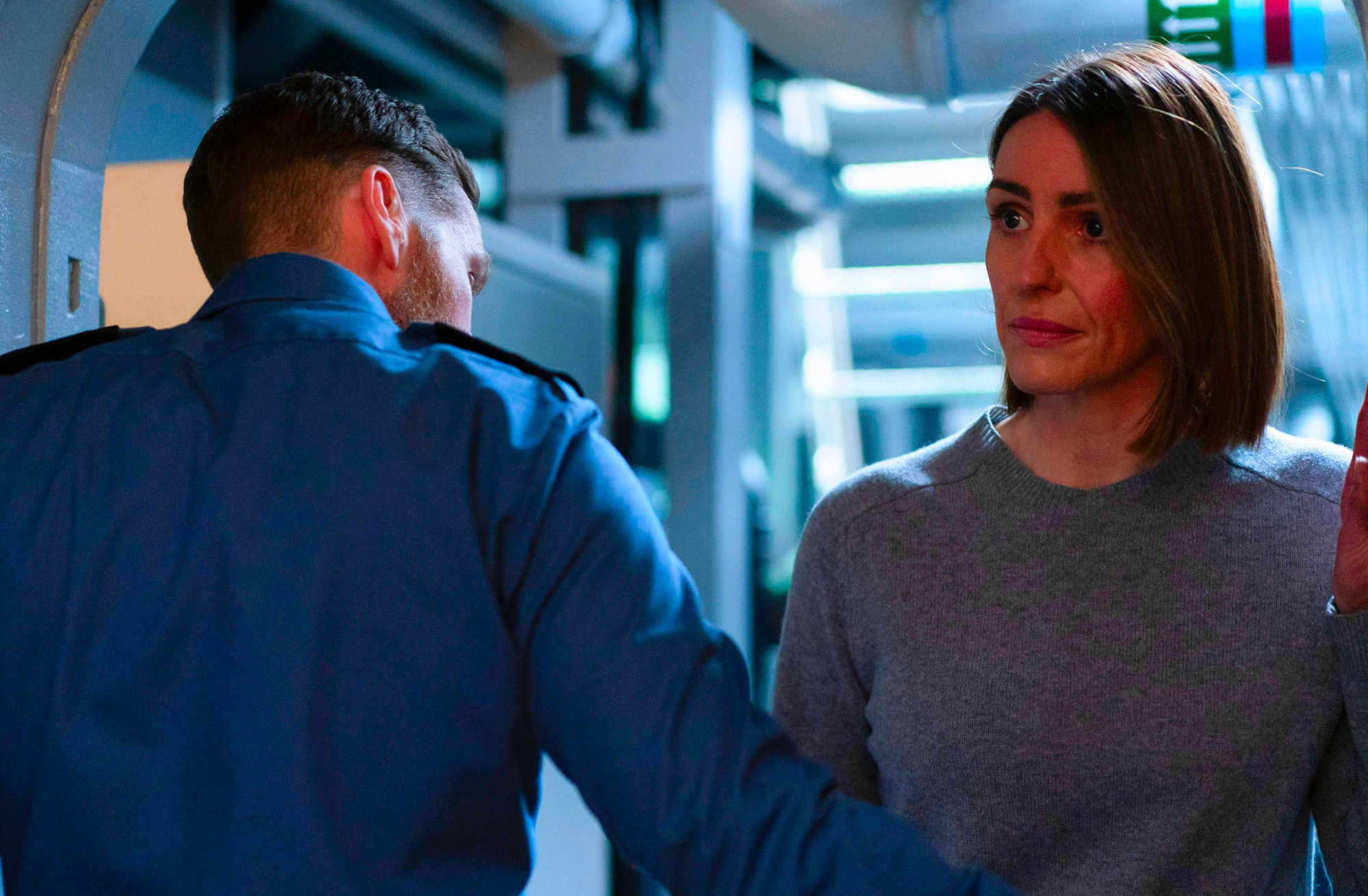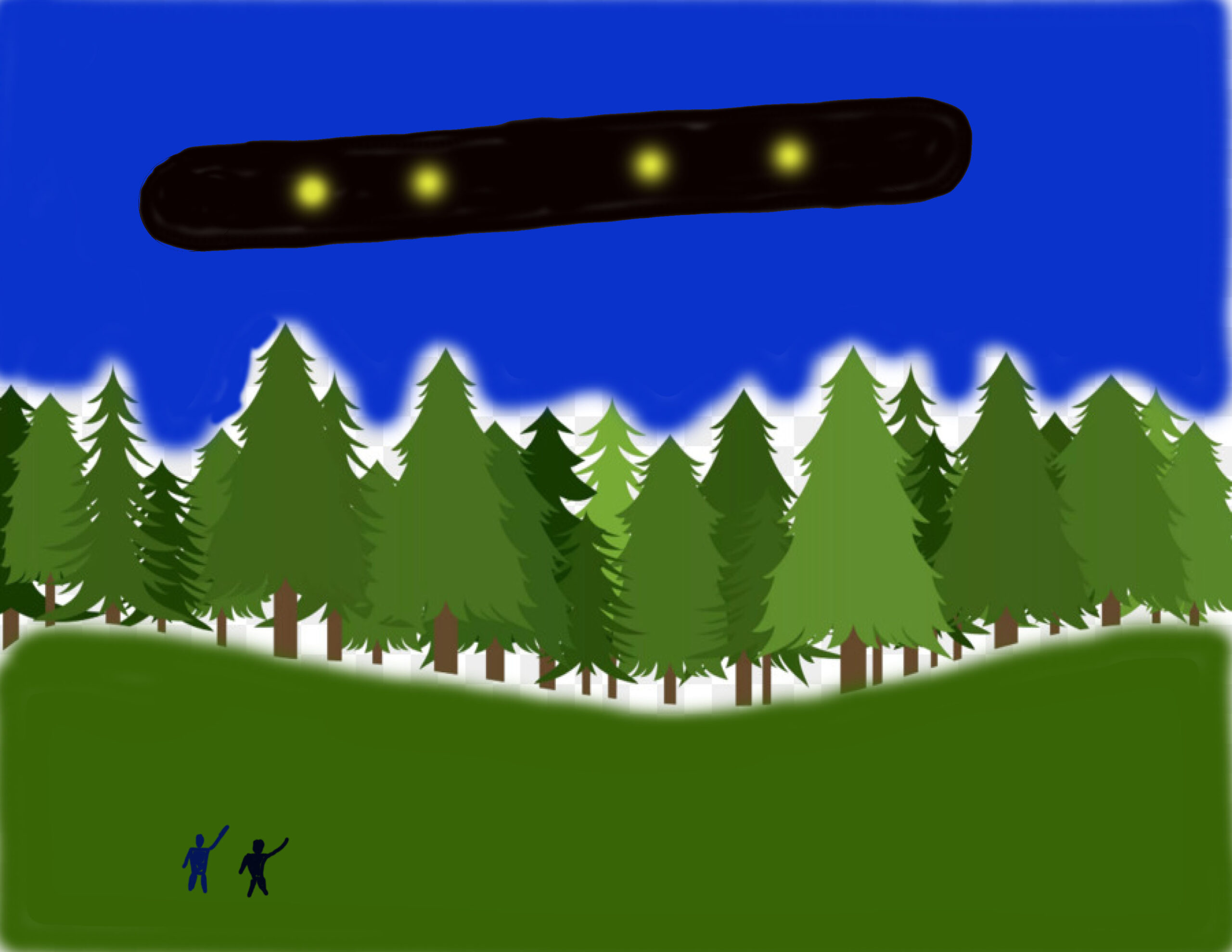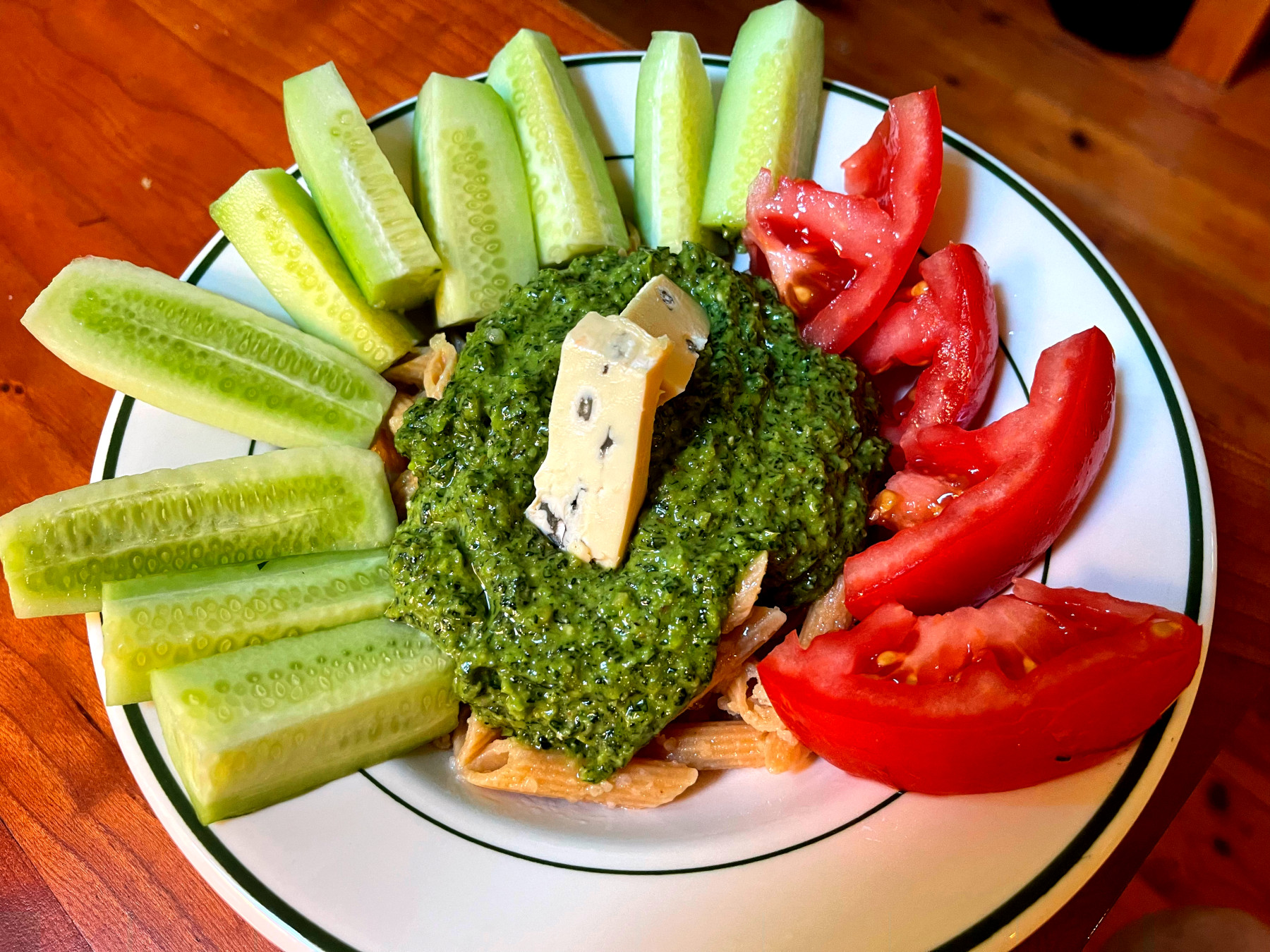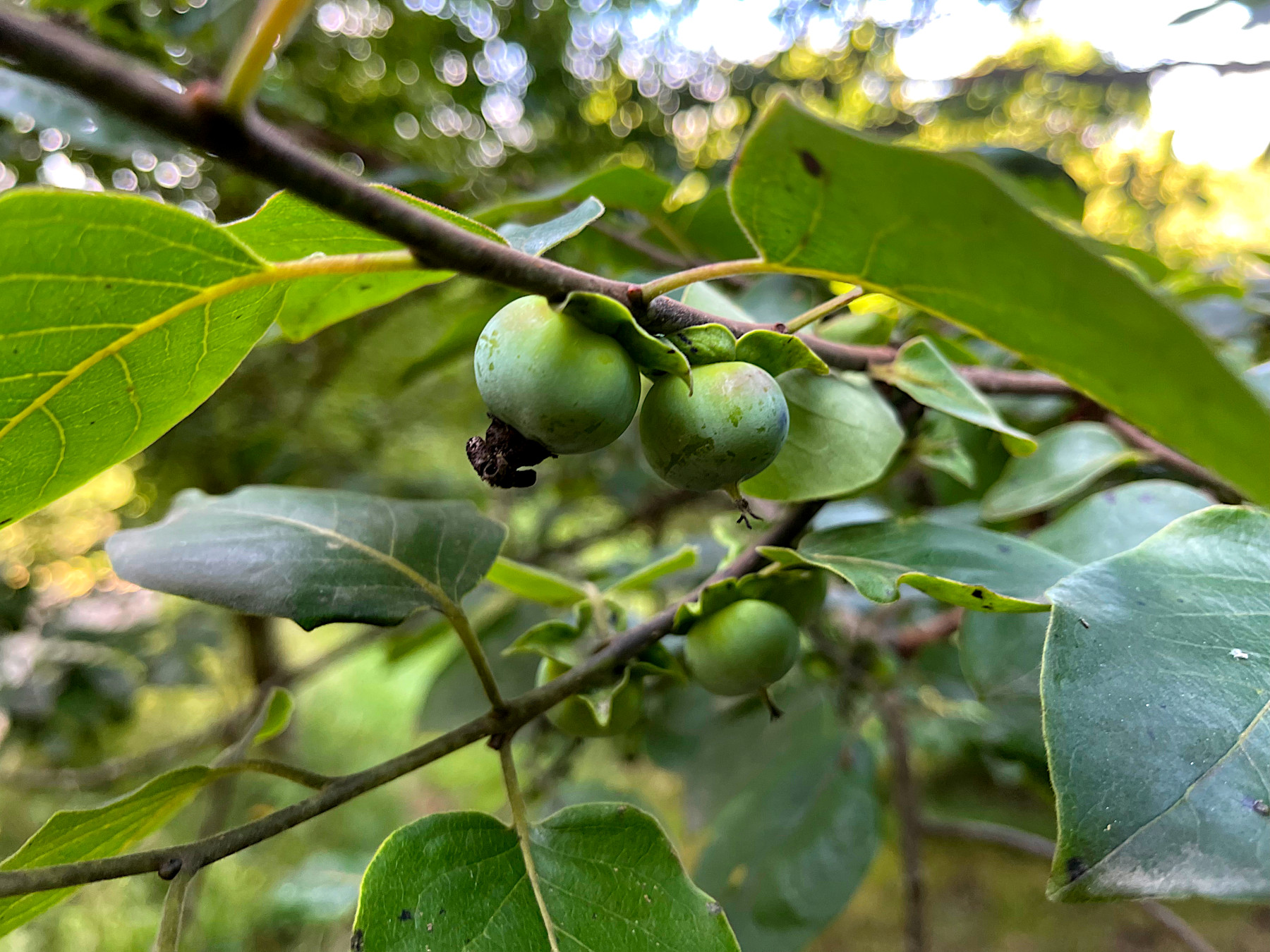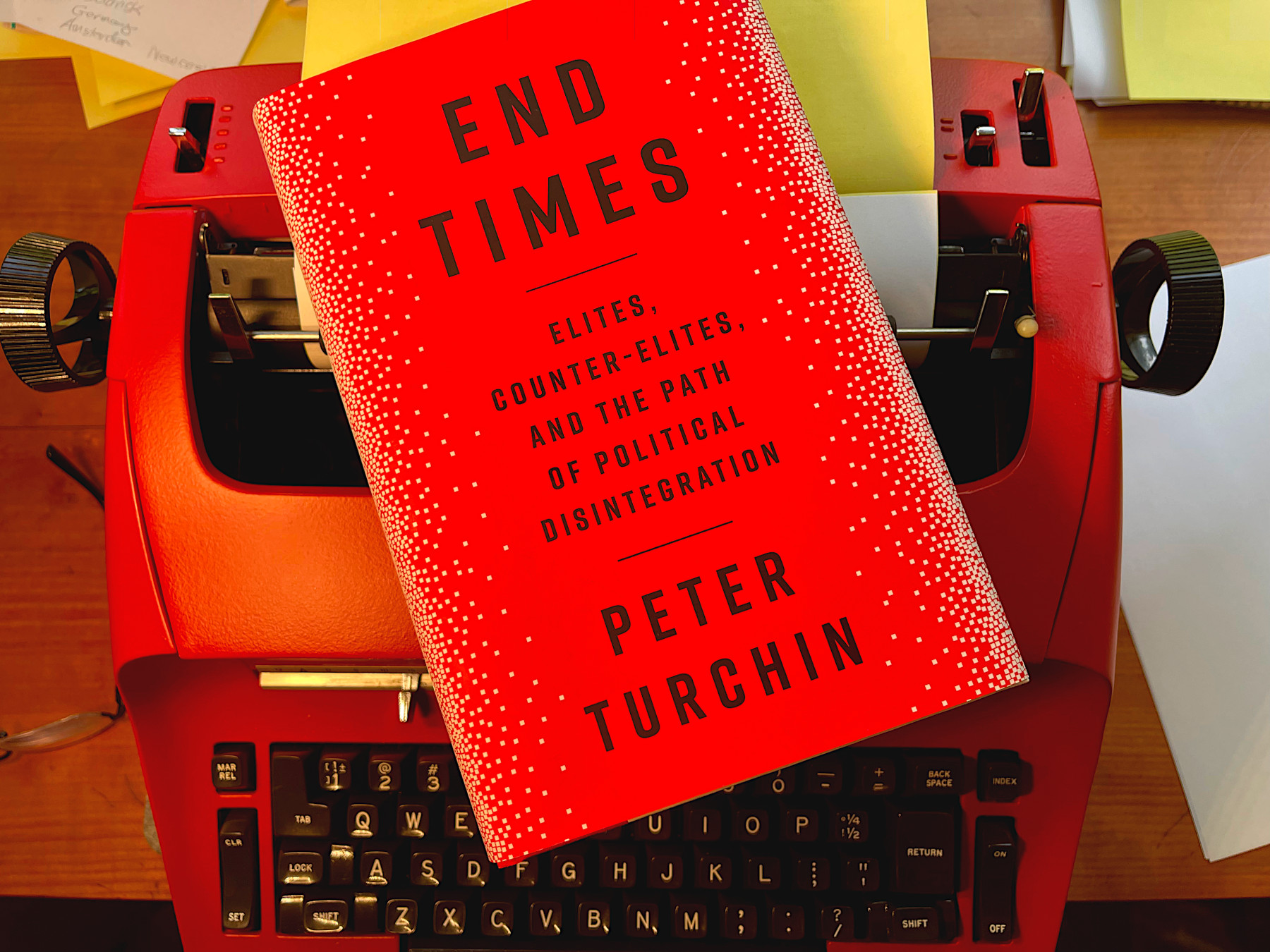
End Times: Elites, Counter-Elites, and the Path of Political Disintegration. Peter Turchin, Penguin, June 2023. 352 pages.
It seems to me that most publications, and most of our useless and accursèd pundit class, are doing their best to ignore this book. I think I can see why. The political punditry don’t like to bother with scholars and ideas. That wouldn’t get many clicks, and it would interfere too much with the punditry’s pursuit of shallowness — politics as a horse race; who’s up and who’s down; working every day to keep us scared and to keep ratings (and clicks) up; profiting from polarization and wallowing in everything that promotes it.
Even those who have written about this book mostly miss the point. What’s important about this book is not whether the author, Peter Turchin, has a theory that can make predictions, which is all the pundits seem to want to write about. What’s important, and what nobody has written about, as far as I can tell from Googling, are the political factors that Turchin uses to measure the stability of political arrangements, and the course that states take when things become unstable.
By far, the most important factor is the “wealth pump.” It’s the wealth pump that transfers the wealth produced by the working classes to the governing elite — the ruling class — who hold the wealth and power. The rich get richer, and the poor get poorer. When that happens, as it did in the U.S. when the Reagan administration started the reversal of the Roosevelt administration’s New Deal, something will break sooner or later, for two reasons. The first reason is the “immiseration” of working people. The second reason is that too much wealth at the top creates a surplus of rich people competing for power and a bigger share of the spoils. This competition tends to get uglier and uglier as frustrated elites increasingly break the rules (and destroy institutions in the process) to try to get ahead.
Turchin, in brief but very telling examples from history, traces the rise and fall of states that rose, and then fell. His account of the fall of the Soviet Union is particularly helpful, as is his account of what went wrong in Russia during the 1990s as elites fought over, and divided up, everything that belonged to the Russian people. He also sheds a great deal of light on why the political systems of Russia, Ukraine, and Belarus went in different directions after Putin came to power in Russia.
Probably the biggest reason that publications and the punditry are trying to ignore this book is that there is no way to spin it into a centrist morality tale. Someone is bound to slam the book as confirmation bias for liberals, if someone hasn’t already. Turchin does use the word “moderates” in one chapter, but by that he does not mean centrists. “Moderates” is the term he uses for people who initially participated in the violence and mayhem of rebellions but who become sick of violence and start working instead for a restoration of peace. People usually die — both peasants and elites — when the wealth pump pushes things all the way to disintegration and revolution.
I will not try to describe here what Turchin has to say about how far along the United States is on the path to disintegration, and what the possible outcomes are. But I will say this, and I don’t think that, as a liberal, I’m falling into the trap of confirmation bias. If we Americans are to save ourselves, the only solution is a new New Deal in which our ruling elites come to their senses and realize that, unless they use their political power to turn off the wealth pump, the 90 percent of the population at the bottom will use some means or other, including possibly violence, to turn it off for them. This, according to Turchin, in what happened during the New Deal. It wasn’t just Franklin Roosevelt. The ruling class of that time had looked over their shoulders and seen what was happening in Russia and Eastern Europe. And so the ruling class consented to new arrangements in which the 90 percent, the government, and the ruling class all worked together for an equitable sharing of wealth. (There was a serious flaw in that settlement, though, and we’re still paying for it. White people got a fair deal. Black people got Jim Crow.)
Can we turn the United States into Denmark? And how fast could we do it? That’s pretty much what it comes down to. You can imagine how hard that will be, given that the Republican Party’s system of disinformation and propaganda has convinced working people that turning the United States into Denmark is the worst thing that could ever happen to them. The truth is, turning the U.S. into Denmark would be the best thing that could ever happen to the deplorables. Strangely enough — and this book has given me a whole new level of respect for President Biden — that’s what Biden is trying to do, as quietly as possible and in as bipartisan a way as possible. Even we Democrats know far too little about Bidenomics. The media don’t write about it, because the media feed on conflict and failure rather than progress and success. For example, when inflation is rising, the media go on and on about it. When inflation is coming down, they change the subject back to conflict and failure. In the Republican propaganda bubble, no one even hears that inflation is coming down. Clearly Biden has a plan to force the media to write about economic success, by making Bidenomics a thing during the 2024 elections.
If you’re a liberal, this book will renew your confidence that we liberals are on the right track. It also occurred to me while reading this book that political and moral philosophy will get you to the very same place that Turchin treats as a science and which he calls “cliodynamics.” We liberals want to apply John Rawls’ theory of “justice as fairness” simply because it’s the right thing to do. The difference, from Turchin’s perspective, is that if you fail to pursue justice as fairness simply because it’s the right thing to do, then you’re on the road, inevitably, to violence and collapse.
In Roosevelt’s time, Americans did the right thing. For almost three decades after World War II, America was like Denmark. Can we do it again?


